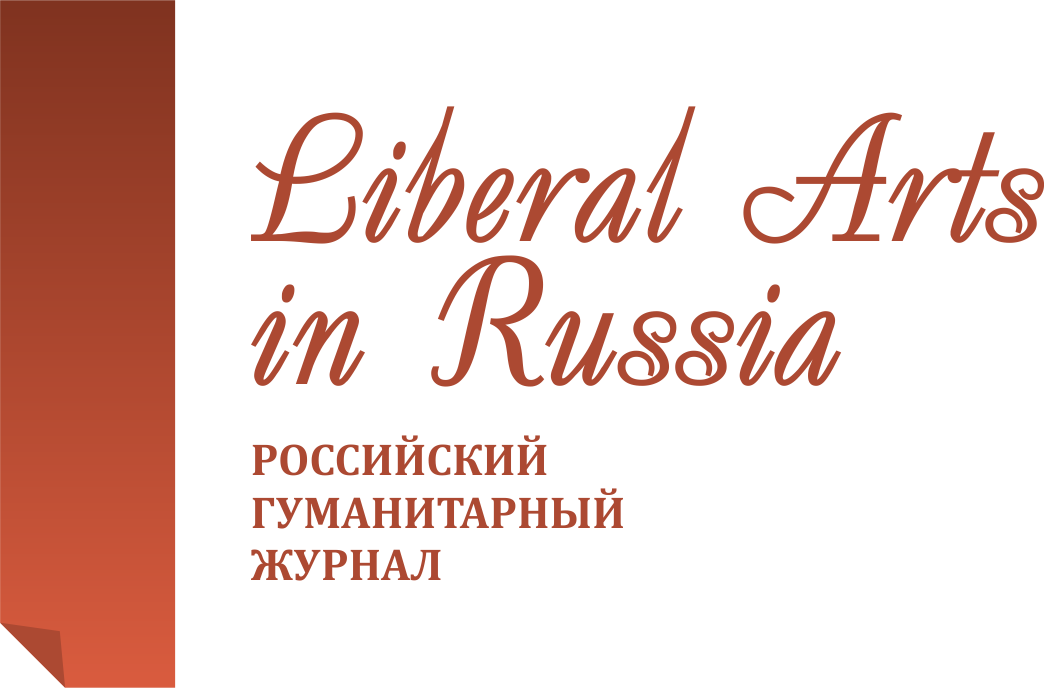Peculiarities of models of etiquette goodbye in the Chechen language
Liberal Arts in Russia. 2019. Vol. 8. No. 2. Pp. 153-160.
Get the full text (Russian) Email: blm.99@mail.ruAbstract
The article deals with etiquette formulas of goodbye on the material of the Chechen language. The author points out that the study of communicative skills of speech etiquette provides interpersonal success in communication, which is the main criterion for achieving speech contact in a formal and informal setting. The study of etiquette models forms certain norms that regulate language behavior. The historically formed national traits of the speakers of the Chechen language have not lost their significance, and at the same time, they still maintain the established rules, in which the complex of normative forms of behavior appears. Chechen folk etiquette includes categories of values, which is expressed in such words as куц, яхъ бехк, сабар and reflected in military style, hospitality, cult of seniority, family relationships. Cultural-specific features are clearly traced in the language material (phraseology, paremiology, fiction texts), which includes models of etiquette goodbye, revealing the mental characteristics of the Chechens, their ethical and educational ideals.
Keywords
- • communicative behavior
- • culture
- • formula of goodbye
- • situation
- • ethno-ethics
References
- Poddubnova A. A. Vestnik VGU. Seriya: Lingvistika i mezhkul'turnaya kommunikatsiya. 2014. No. 3. Pp. 83-86.
- Okoro E. International Journal of Business and Management. 2012. Vol. 7. No. 16. Pp. 130-138.
- Sternin I. A. Kommunikativ-funktionale Sprachbetrachtung. Halle, 1989. Pp. 279-282.
- Ryabova M. Procedia - Social and Behavioral Sciences. 2015. Vol. 206. Pp. 90-95.
- Kotorova E. G. Zhanry rechi. 2016. No. 1. Pp. 65-77.
- Gazizov R. A. Vestnik Tomskogo gosudarstvennogo universiteta. 2010. Pp. 7-12.
- Saifullina E. R. Kognitivnaya sfera russkikh i tatarskikh paremii: "obraz yazyka" i normy rechevogo povedeniya": avtoref. dis. ... kand. filol. nauk. Ufa, 2009.
- Karasik V. I. Yazykovaya matritsa kul'tury [Language matrix of culture]. Moscow: Gnozis, 2013.
- Gladrov V. Vestnik Cherepovetskogo gos. un-ta. 2014. No. 3(56). Pp. 69-74.
- Rozental' D. E. Kul'tura rechi [Culture of speech]. Moscow: Universitet-skaya kniga, 2014.
- Khasbulatova Z. I. Nravstvennaya kul'tura chechentsev "gIillakkh-o'zdangalla" [Moral culture of the Chechens "Gilakkh-ozdangalla"]. Nazran': Piligrim, 2007.
- Baisultanov D. B. Ekspressivno-stilisticheskaya kharakteristika frazeologizmov chechenskogo yazyka [Expressive-stylistic characteristics of the Chechen phraseological units]. Leiden: Universitet Leidena, 2006.
- Yusupova S. M. Psychosocial health, work and language. International perspectives towards their categorizations at work. Springer. 2017. Pp. 19-35.
- Khamidova Z. Kh. I. Orga. 1976. No. 2. Pp. 25-34.
- Akhmadov M. M. Guldina iozanash. Diitsarsh, povestash. So'lzha-gIala: DOSh, 2005.
- Beksultanov M. E. Naggakh', sain sagatdelcha. Diitsarsh. So'lzha-gIala: Knigiin izdatel'stvo, 2004.
- Rabadanova N. Sovremennye problemy nauki i obrazovaniya. 2015. No. 2. chast' 2.
- Kravets T. V. Proshchanie v nemetskoi lingvokul'ture [Goodbye in the German linguistic culture]. Blagoveshchensk: Izd-vo BGPU, 2011.
- Larina T. V. Kategoriya vezhlivosti i stil' kommunikatsii. Rukopisnye pamyatniki Drevnei Rusi [Category of politeness and style of communication. Handwritten monuments of ancient Rus], 2009.
- Mamakaev I. Nokhchiin la'mnashkakh': kha'rzhinarsh. Moscow: Molodaya gvardiya, 2008.
- Beksultanov M. Guliina proza. I-ra tom. Ya kh'an tukhur bu'isanna kh'an neI. Diitsarsh. So'lzha-gIala: DOSh, 2004.
- Gadzhiakhmedov N. E. Vestnik Dagestanskogo gosudarstvennogo universiteta. 2012. No. 3. Pp. 57-61.
